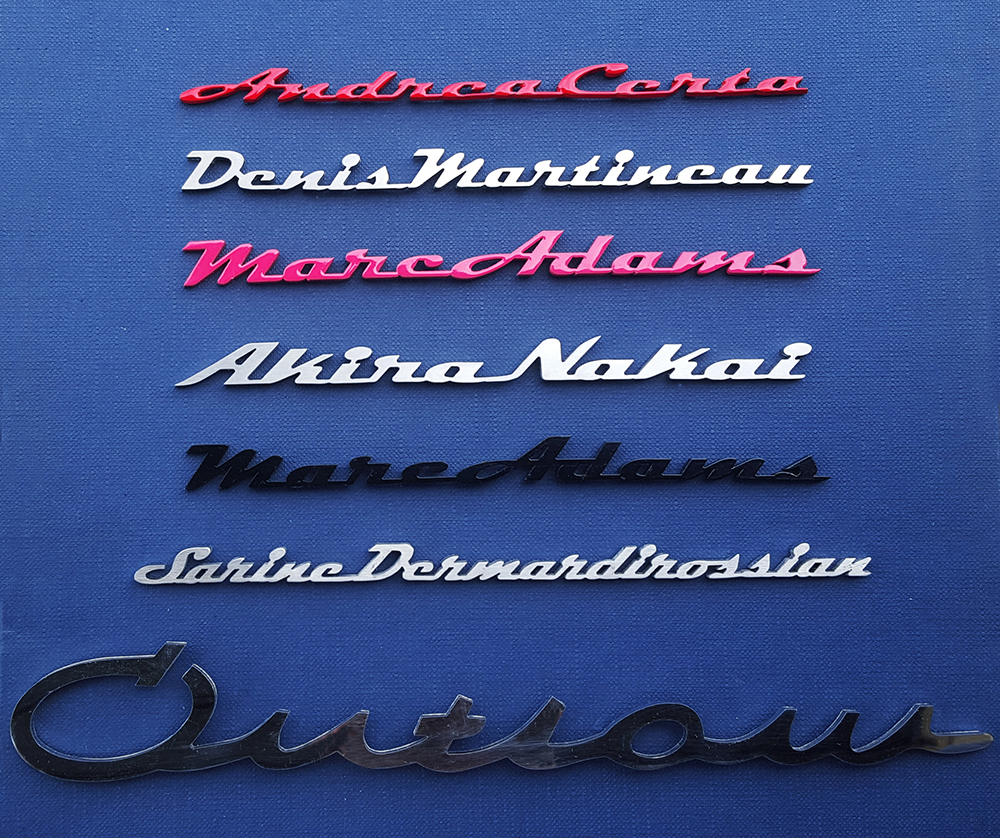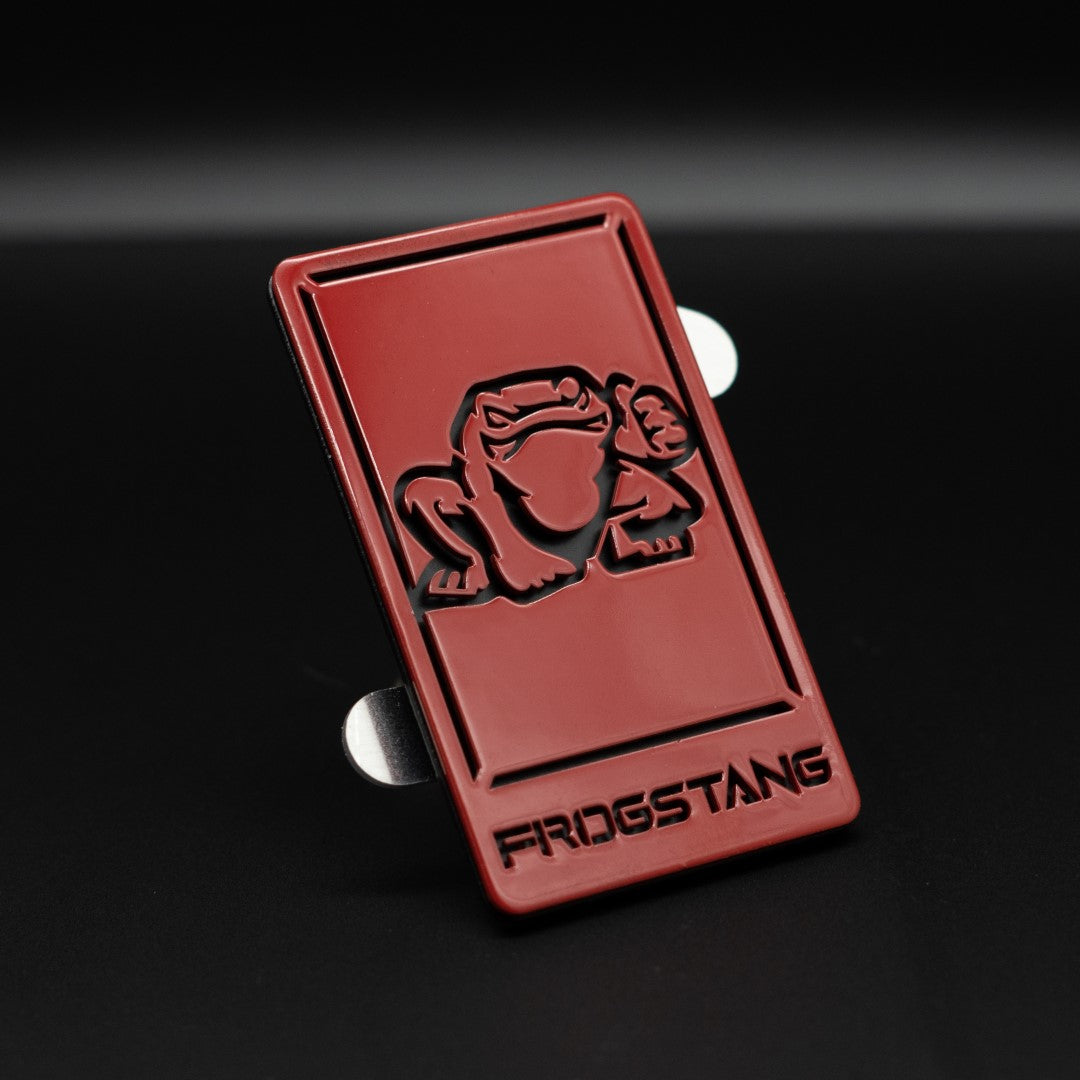Why a Custom Emblem Is the Secret to Unforgettable Branding
Why a Custom Emblem Is the Secret to Unforgettable Branding
Blog Article
Producing a Long-term Impact With Custom-made Emblems: Design Tips and Concepts
The development of a personalized emblem is a crucial action in developing a brand name's identity, yet several forget the nuances that add to its efficiency (Custom Emblem). A well-executed layout not only interacts core worths however additionally resonates with target audiences on several degrees. Concentrating on aspects such as shade choice, typography, and symbolic significance can enhance the emblem's impact. As we check out these vital components, it becomes clear that there is more to crafting an emblem than simple aesthetics; comprehending these concepts can change your method to brand name depiction. What key facets should be prioritized for maximum effect?
Understanding Your Brand Identity
Understanding your brand identification is important for creating customized symbols that resonate with your target audience. By plainly verbalizing what your brand name stands for, you can ensure that the layout aspects of your symbol mirror these core concepts.

Following, identify key qualities of your brand name, such as dependability, originality, or advancement. These qualities ought to assist the design process, influencing shapes, symbols, and typography. A well-defined brand name identity not just aids in creating a memorable symbol yet additionally cultivates brand name commitment and acknowledgment. Inevitably, an emblem that really reflects your brand identification will certainly produce a significant connection with your audience, reinforcing your message and boosting your general brand technique.
Selecting the Right Color Styles
Picking the right colors for your custom emblem plays a critical duty in communicating your brand's identity and message. Shades stimulate feelings and can significantly affect perceptions, making it necessary to pick colors that reverberate with your target audience. Begin by considering the mental impact of colors; for example, blue commonly shares trust and professionalism and reliability, while red can stimulate enjoyment and urgency.
It is also important to align your color choices with your brand name's worths and sector. A tech firm may go with amazing colors, such as blues and eco-friendlies, to reflect development and integrity, whereas an imaginative firm might embrace bold and dynamic colors to display creativity and power.
In addition, think about the shade consistency in your style. Using a color wheel can assist you determine similar or complementary shades that create aesthetic equilibrium. Goal for an optimum of 3 main colors to keep simplicity and memorability.
Typography and Typeface Choice
A well-chosen font can significantly boost the influence of your custom symbol, making typography and typeface option crucial components of the design process. The font style ought to line up with the brand's identification, sharing the suitable tone and message. A modern sans-serif typeface might evoke a feeling of advancement and simplicity, while a timeless serif typeface can communicate custom and integrity.
When picking a font, think about clarity and scalability. Your symbol will be utilized across numerous media, from business cards to billboards, so the font must stay clear at any type of size. Furthermore, prevent excessively ornamental fonts that may interfere with the overall layout and message.
Combining typefaces can additionally create visual passion yet calls for cautious pairing. Custom Emblem. A common method is to use a bold font for the major text and a complementary lighter one for additional elements. Uniformity is crucial; limit your option to two or 3 fonts to preserve a cohesive appearance
Integrating Meaningful Symbols

For example, a tree may represent development and stability, while an equipment may symbolize technology and precision. The trick is to guarantee that the icons reverberate with your target audience and mirror your brand's objective. Involve in brainstorming sessions to gather and explore different concepts input from diverse stakeholders, as this can generate a richer range of choices.
As soon as you have determined prospective signs, examine their efficiency by sharing them with a focus group or carrying out studies. This responses can supply understandings right into just how well the icons communicate your designated message. Furthermore, take into consideration just how these icons will certainly function in combination with other layout components, such as shades and typography, to produce an impactful and cohesive symbol. Ultimately, the appropriate icons can improve recognition and foster a stronger emotional connection with your target market, making your brand name meaningful and remarkable.
Ensuring Flexibility and Scalability
Making certain that your custom emblem is scalable and versatile is crucial for its efficiency throughout various applications and mediums. A well-designed emblem must maintain its integrity and visual allure whether it's presented on a business card, a web site, or a large banner. To attain this, concentrate on producing a layout that is basic yet impactful, avoiding intricate details that might end up being shed at smaller sized dimensions.

Testing your symbol in numerous layouts and dimensions is crucial. Assess just how it executes on various backgrounds and in different atmospheres to ensure it remains efficient and recognizable. By prioritizing flexibility and scalability in your style procedure, you will create a symbol that stands the test of Going Here time and effectively represents your brand name across all touchpoints.

Verdict
In final thought, the production of customized emblems demands a tactical technique that integrates various style aspects, consisting of brand identification, shade option, typography, and symbolic depiction. Highlighting simpleness and scalability makes certain that the symbol remains flexible throughout various applications, while purposeful icons boost psychological vibration with the audience. By thoroughly incorporating these elements, brands can cultivate a distinctive identity that cultivates acknowledgment and leaves a long-term impact on customers.
A well-defined brand identity not just help in creating an unforgettable emblem but additionally fosters brand loyalty and acknowledgment. Ultimately, a symbol that really reflects your brand name identity will certainly click here for more produce a significant connection with your target market, strengthening your message and boosting your general brand approach.
Choosing the best shades for your customized symbol plays an essential role in conveying your brand name's identity and message. By focusing on versatility and scalability in your layout process, you will develop a symbol that stands the test of time and effectively represents your brand across all touchpoints.
In verdict, the creation of custom-made emblems demands a tactical technique that balances various layout elements, including brand identity, color choice, typography, and symbolic depiction.
Report this page